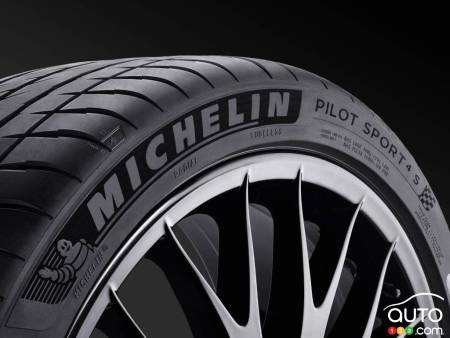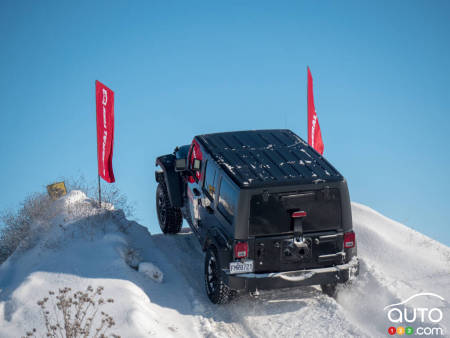While the Highway Code requires you to change a car tire when the tread depth reaches around 1.6 millimeters, experts recommend that you do so before it approaches this limit, i.e. between 3 and 4 millimeters. This is because good traction contributes to your safety on the road. Well-known manufacturers such as Michelin, Firelli, Good Year, Continental and Hankook all offer high-quality tires. But in addition to the brand, you should also consider the following parameters when choosing tires for your vehicle.
Choosing the correct tire size
You can find the recommended tire size for your car by simply consulting the label on the driver's door frame or glove box. This important information should also be on the sidewall of your tires. The other alternative is to carefully check the manufacturer's specifications. Once you have done this, you can order your tires from centralepneus.fr and benefit from an excellent price-quality ratio. What's more, this distributor has fitting stations throughout France to guarantee fast and efficient fitting.
In addition to width, sidewall height, rim diameter and type of construction, it's important to consider the load index and speed rating when determining tire size. The load index refers to the tire's maximum load capacity. The speed rating, on the other hand, indicates the maximum speed the tire can reach. Therefore, it should match the maximum speed of your vehicle. Avoid selecting load and speed ratings lower than those of your original tires.

Consider the season
Summer tires
Summer tires adapt to both dry and wet conditions thanks to their medium tread depth and stiff rubber compound. They provide optimum grip when temperatures rise above 7°C. In wet weather, they evacuate water quickly to prevent aquaplaning. However, not all summer tires have the same water evacuation capacity. Those with V-shaped treads are the most efficient. They should be preferred in areas with heavy precipitation.
4-season or all-weather tires
As the name suggests, these tires are suitable for all seasons. Conveniently, they can save you from having to change your tires in the fall and spring. They are designed for use in temperatures ranging from -10 to 30°C. Beyond that range, it's best to opt for winter or summer tires.
Winter or snow tires
Winter tires have better grip in temperatures below 7°C, whether the road is dry, wet, icy or snow-covered. This is due to the fact that they have 10 times more self-locking sipes placed throughout the depth of their tread. Made of natural rubber, snow tires stay pliable in cold weather.


